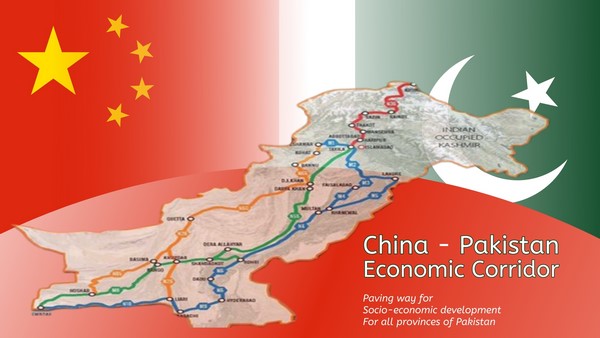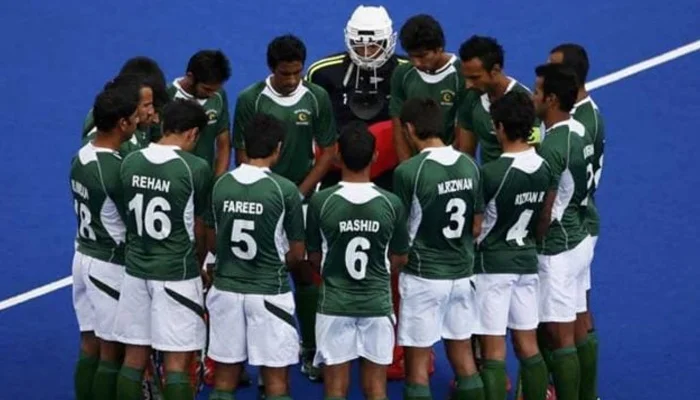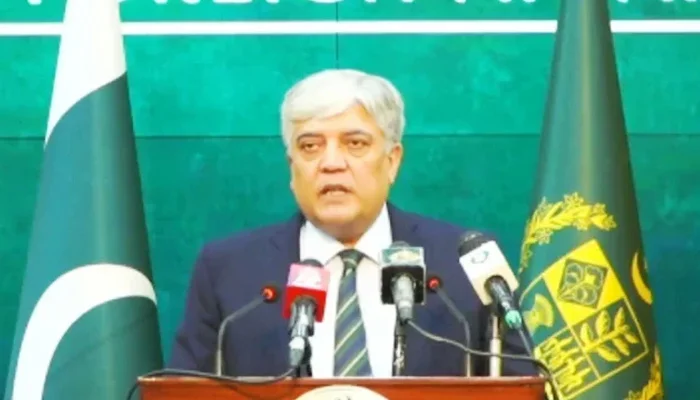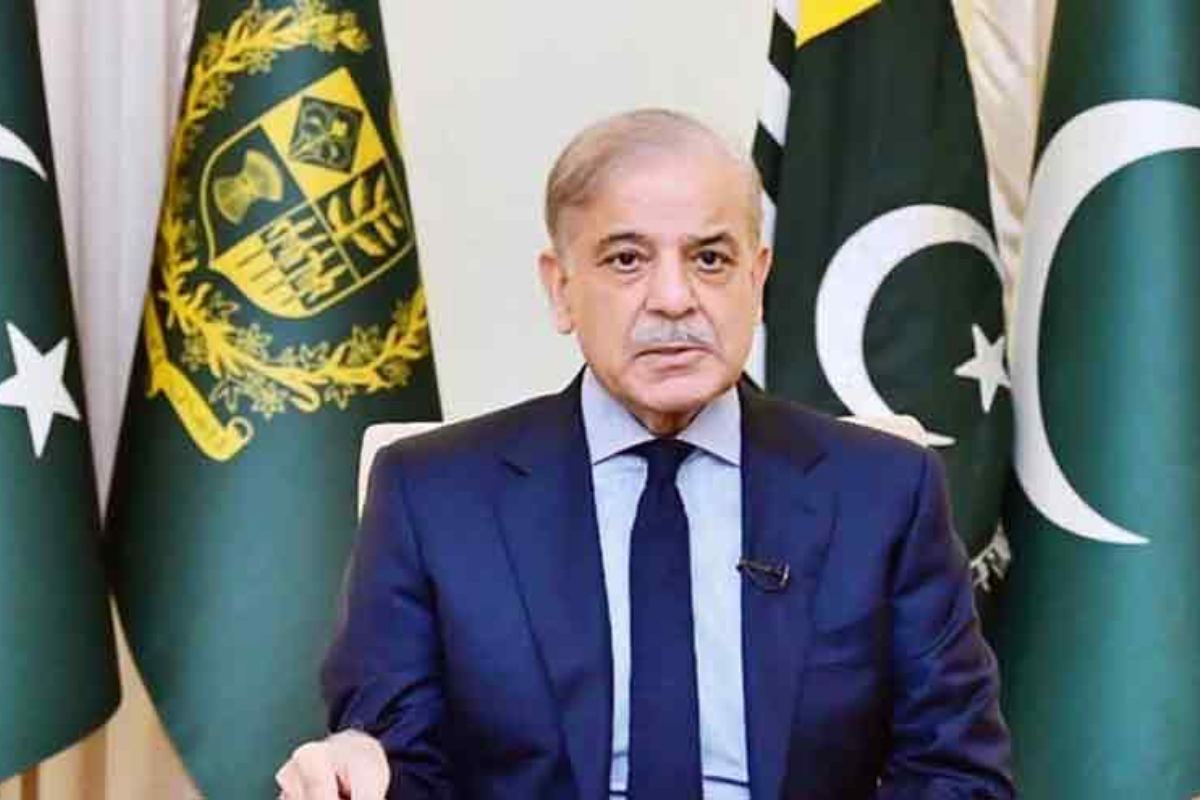As Pakistan formally launches CPEC Phase 2.0 with $8.5 billion in fresh deals and a renewed strategic partnership with China, hopes are once again high for transformative economic progress.
This new phase of the China-Pakistan Economic Corridor (CPEC) marks a shift from state-led infrastructure projects toward business-to-business (B2B) collaboration, with a sharper focus on industrialization, agriculture, technology, and human development.
Can Pakistan truly leverage CPEC Phase 2.0 to reduce poverty and foster inclusive growth?
What Makes Phase 2.0 Different?
• Growth Corridor
• Innovation Corridor
• Green Energy Corridor
• Livelihood Corridor
• Open Development Corridor
The shift in focus from mere infrastructure to inclusive development, technology transfer, and job creation gives CPEC 2.0 a more grassroots orientation. At the heart of this new phase lie Special Economic Zones (SEZs), expanded agri-tech investments, and collaboration in AI, mining, and renewable energy.
Notably, Pakistan has identified nine SEZs across the country, offering incentives like tax holidays and customs exemptions to attract local and foreign investors. Combined with agricultural modernization and tourism development, these efforts aim to spur regional growth, particularly in underdeveloped areas.
The Economic Potential: Jobs, Trade, and Technological Uplift:
1. Employment Generation:
SEZs can generate thousands of jobs, especially if integrated with vocational training and local hiring requirements. Increased employment can directly impact poverty in areas with chronic joblessness, such as Balochistan, Southern Punjab, and rural Sindh.
2. Agricultural Development:
CPEC 2.0 envisions smart farming, irrigation innovation, and agricultural exports. Agriculture employs over 37% of Pakistan’s labor force. Improvements in yield, value addition, and market access can uplift rural incomes and combat food insecurity.
3. Technology Transfer and Industrial Relocation:
Chinese firms relocating to Pakistan under CPEC bring not just capital, but also technology and knowledge spillovers. This has the potential to modernize local industries and generate high-skilled employment—if Pakistan can prepare its labor force accordingly.
The Roadblocks: Why CPEC Alone Can’t End Poverty?
Despite its potential, CPEC Phase 2.0 faces deep structural challenges that could limit its poverty-reducing impact.
1. Rural Connectivity and Infrastructure Gaps:
While connectivity has improved in some regions, CPEC districts like Kohistan remain severely underserved—only 4% of Mouzas there have access to paved roads. Without rural infrastructure development, SEZ benefits may bypass the poorest populations.
2. Weak Human Capital Base:
Pakistan ranks 154th out of 189 in the Human Capital Index. Female labor force participation remains among the lowest in South Asia. SEZs and tech ventures will require skilled labor—something Pakistan is not currently equipped to supply at scale.
Without investments in vocational training, technical education, and gender equity, CPEC may only create low-end jobs or become dependent on foreign labor.
3. Unfavorable Business Environment:
According to the World Bank’s B-READY 2024 report, Pakistan ranks in the fourth quintile, with poor regulatory frameworks and bureaucratic red tape. The World Governance Indicators (WGI) paint an even bleaker picture, with:
Political stability – 6th percentile
Government effectiveness – 26th percentile
Control of corruption – 23rd percentile
These factors deter both domestic and foreign investors, potentially stalling SEZ development and discouraging B2B growth.
What Must Change?
For CPEC 2.0 to evolve from an economic plan into a poverty-reduction strategy, Pakistan must focus on three key pillars:
1. Human Capital (HC):
• Expand vocational training aligned with industrial needs.
• Improve education infrastructure, especially in SEZ-adjacent areas.
• Promote female labor participation via policy and incentives.
2. Rural Connectivity (RC):
• Build roads, digital infrastructure, and logistics networks in underserved districts.
• Ensure last-mile connectivity from SEZs to rural areas to promote job access.
3. Sound Business Environment (SBE):
• Reform regulatory processes to make investment easy and transparent.
• Improve governance, reduce corruption, and enhance security—especially for foreign personnel.
• Ensure policy continuity beyond political cycles.
A Conditional Game Changer:
CPEC Phase 2.0 can be a game changer—but only if Pakistan makes it so.
The $8.5 billion in new deals, five innovative development corridors, and robust political commitment from both Islamabad and Beijing provide a solid foundation. However, without addressing deep-rooted challenges in governance, education, and infrastructure, the benefits of CPEC may remain concentrated, benefiting industrial elites rather than the masses.
If Pakistan adopts a bottom-up approach, investing in its people and peripheries, CPEC 2.0 could indeed catalyze a new era of broad-based prosperity—lifting millions out of poverty and setting the country on a path to long-term, inclusive growth.














